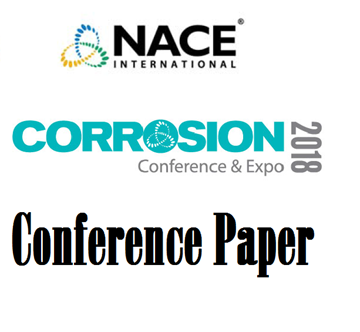Search
Products tagged with 'sand'
View as
Sort by
Display
per page
51315-6035-Validation of New Test Facility for Erosion-Corrosion Inhibition Prediction
Product Number:
51315-6035-SG
ISBN:
6035 2015 CP
Publication Date:
2015
$20.00
51317--9564-Inhibited Under-Deposit CO2 Corrosion: Small Particle Silica Sand and Eicosane Paraffin Deposits
Product Number:
51317--9564-SG
ISBN:
9564 2017 CP
Publication Date:
2017
$20.00
51318-11093-Comparison of Inhibited Erosion-Corrosion with Calcium Carbonate Particles versus Sand
Product Number:
51318-11093-SG
Publication Date:
2018
$20.00
Development of New Coating Systems for High Erosion Environments
Product Number:
51323-19184-SG
Publication Date:
2023
$20.00




